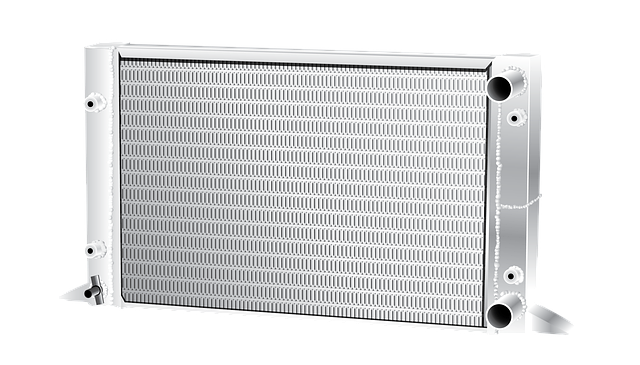Repairing vs Replacing a Damaged Radiator: Which Is Best?
1st Apr 2021

If your vehicle has a damaged radiator, you can repair it or replace it. It’s best to base your choice on the size and type of the radiator leak.
It makes sense to fix a radiator leak when you can. The radiator repair cost is cheaper than buying a new one and paying for the installation. (Unless you do it yourself, of course.) If your radiator cracks and starts to corrode over time, the damage can be so bad that you have to replace it. You might be able to fix smaller leaks, though. Just remember that the leak can return, and you'll have to perform the repair again. Despite that, you should still try conducting that radiator leak repair yourself.
Why It’s Important to Address Your Radiator Leak
The radiator is part of your vehicle's cooling system. It helps protect against engine failure. Coolant flows through the engine where it collects heat. From there, it travels to the radiator where the coolant releases the heat. If your radiator gets damaged, heat builds up inside the engine and causes failure. Whether you choose to fix it or replace it, you must do something. Unless you can afford to buy a new vehicle when your current one breaks down, that is.
DIY Radiator Hole Repair
You might be surprised to learn just how easy it is to repair a damaged radiator. Assuming the leak is minor, you can try using a radiator stop leak product. When poured into the radiator, the compound binds to the leak. This product then hardens so the coolant doesn't leak out of the radiator.
- Check the instructions to make sure you do or don't have to drain the existing coolant first.
- Remove the radiator cap and pour liquid into a cool radiator.
- If you can’t access the radiator, use the overflow/reservoir tank.
- Fill the radiator and overflow tank to the proper levels.
- Reinstall the radiator cap.
- Drive or let your engine idle for 15-30 minutes.
If the radiator continues to leak, try going through this process a second time. If this won’t stop the leak, talk to a professional auto mechanic. (You might need a new radiator.)
Other Causes of Radiator Leaks
Yes, radiator stop leak products are great at patching small leaks. These products won’t help if the lead isn’t in the radiator itself. For example, if your radiator cap is cracked or damaged, it can leak coolant. This can cause your radiator to overheat. This is just as dangerous as a crack in the radiator. If your cap is damaged, it’s best to buy a new radiator cap.
Radiator hoses can leak, too. One sign of this is an overheating engine, but you’ll get smaller signs first. For example, you’ll see a small pool of coolant on the ground beneath your parked vehicle. You might also find small drips of coolant near the engine bay and on the outside of the radiator house. If the leak is small, you can use some silicone tape to seal it. For bigger leaks, you’ll have to replace the radiator hose.
JB Tools Can Help with Your Radiator Leak Repair
We have the biggest selection of tools at the best prices. Most or all of what you need can be found in our inventory. This, plus our free shipping on most orders, makes us the best place to buy tools.

